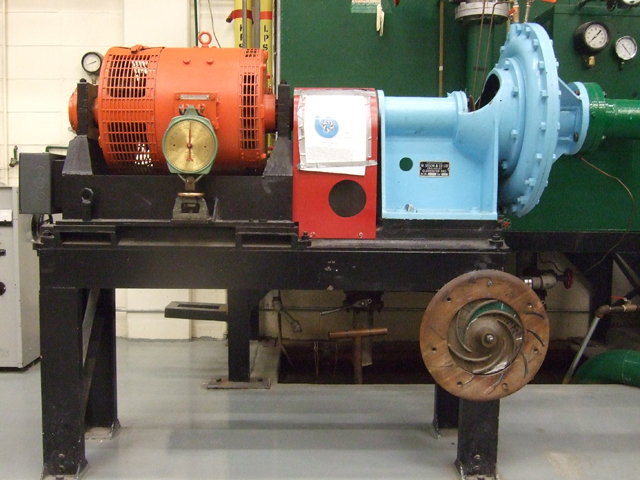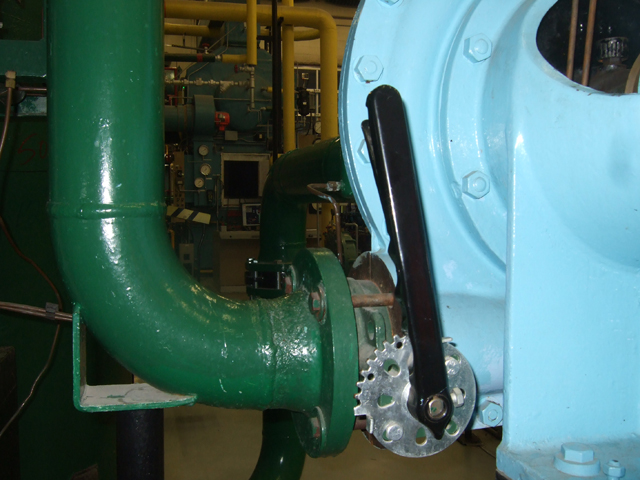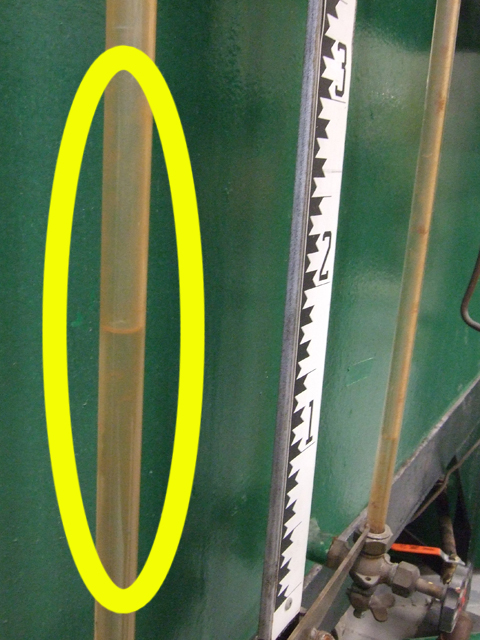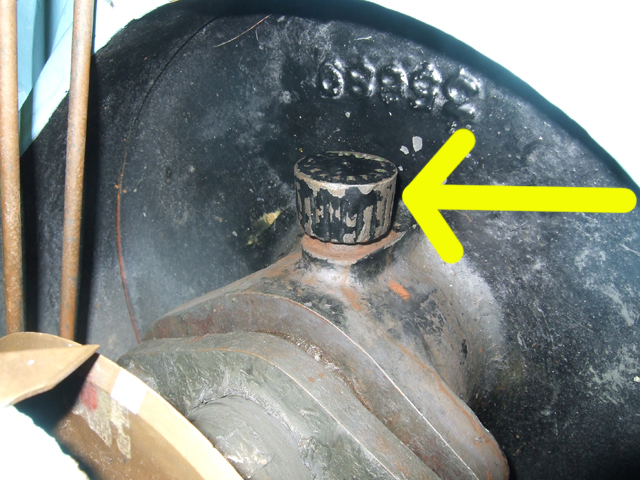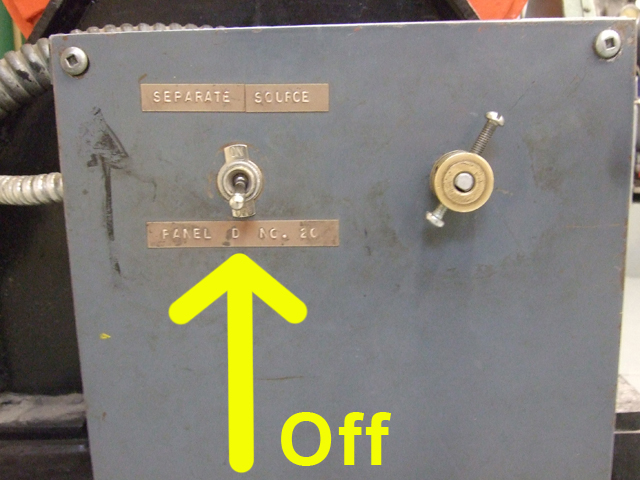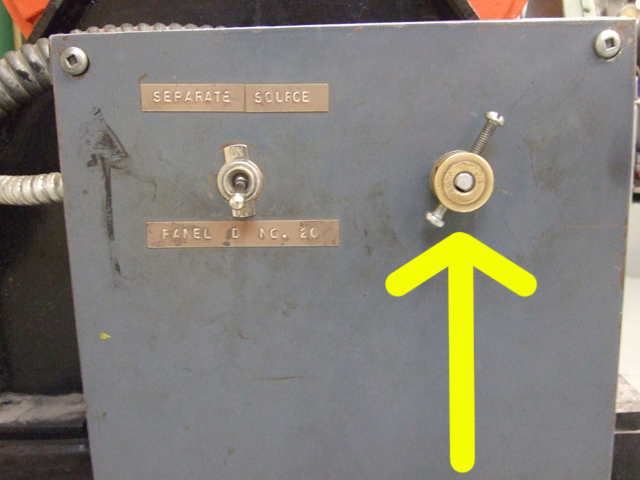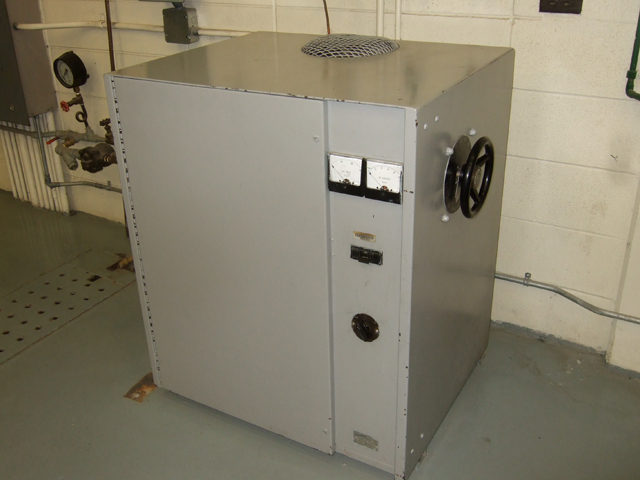ABSA requires two tests for its 4th Class Power Engineering certificate (Part A & Part B), with each test consisting of 150 questions.
Of these 150 questions, roughly 10 are regulation-related. While test-takers are not required to know the regulations chapter and verse, they are expected to be able to consult them correctly during the exam.
Test candidates are permitted to bring the following regulatory resources into the exam room:
Safety Codes Act: Revised Statutes of Alberta 2000 (Chapter S-1)
Safety Codes Act: Power Engineers Regulation
Safety Codes Act: Pressure Welders Regulation
Safety Codes Act: Pressure Equipment Safety Regulation
In addition, candidates may also use:
- CSA B-51: Boiler, Pressure Vessel and Pressure Piping Code
- CSA B-52: Mechanical Refrigeration Code
An extract of these two codes is available from Pan Global for roughly $84.
Those taking the test may highlight and add tabs to these regulations prior to the exam, but are prohibited from writing in them.
(A small number of these resources is usually available in the exam room for common use, but depending on these leaves the candidate at the mercy of everyone else attempting to read them at the same time!)
Postscript: To keep all the pages together, consider getting each of these spirally-bound at a copy shop. It costs about $18 to get the first four sets of regulations bound separately at Staples.
UPDATE (September 29/2014): Other links to the first four materials:
Safety Codes Act: Revised Statutes of Alberta 2000 (Chapter S-1)
Safety Codes Act: Power Engineers Regulation
Safety Codes Act: Pressure Welders Regulation
Safety Codes Act: Pressure Equipment Safety Regulation

